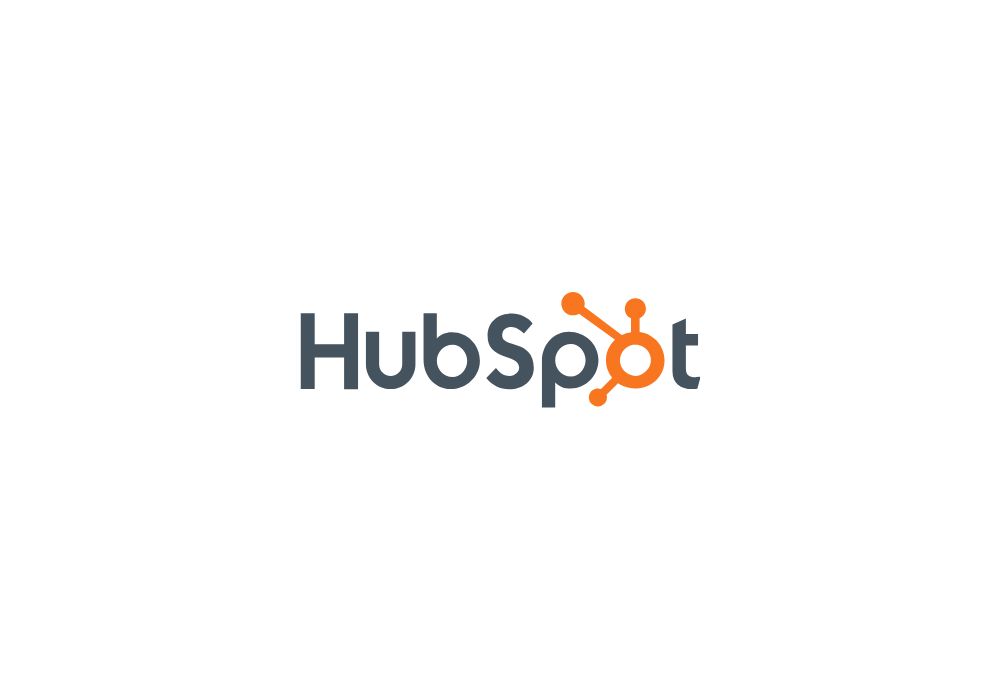Introduction
Artificial Intelligence (AI) isn’t just a technological buzzword anymore—it’s a game-changer. I’ve personally experienced how AI can simplify tasks and open up possibilities we once thought were far out of reach. Whether it’s about improving efficiency or making smarter decisions, AI has become an essential tool for businesses to thrive in today’s competitive world.
In this article, I’ll break down how AI is transforming the way businesses operate, focusing on five key areas: operations, efficiency tools, decision-making, challenges of implementation, and future trends.
1. AI in Business Operations
AI has the power to simplify operations in ways that feel almost magical. I’ve seen how handing over repetitive tasks to AI not only saves time but also reduces the stress of juggling too many things at once.

CRM Systems: Managing customer relationships used to be exhausting—keeping track of emails, calls, and preferences manually took hours. With AI-driven CRMs like Salesforce, all that changed. These tools predict customer needs and help businesses provide better support. It’s like having an assistant who works 24/7 without getting tired.
Predictive Maintenance: Think about the frustration of equipment breaking down at the worst possible time. AI-powered systems can predict issues before they happen, saving businesses from costly downtime. I’ve read stories where companies avoided major disruptions just by trusting AI to handle the “what ifs.”
Inventory Management: For retailers, stocking the right products at the right time is challenging. AI takes the guesswork out, helping businesses avoid overstocking or running out of inventory. One company saw a 30% reduction in stockouts after adopting AI for inventory management—a small change that made a huge difference.
2. AI Tools Driving Efficiency
AI tools are the unsung heroes behind improved efficiency. They handle the repetitive tasks we dread, freeing up time for more meaningful work.
Salesforce: Picture this—you’re running a business, and AI helps predict customer needs before they even reach out. That’s what Salesforce does. It’s not just about saving time but building stronger customer relationships.

HubSpot: I’ve seen how tools like HubSpot use AI to make marketing more personal. Every message feels like it was crafted specifically for the customer, boosting engagement and conversions.

Zoho: Zoho’s intelligent chatbots and predictive analytics are like having extra team members working around the clock. They streamline operations so businesses can focus on growth.
These tools aren’t just about saving time—they’re about giving businesses the insights they need to make smarter decisions.
3. AI in Decision-Making
AI takes decision-making to a whole new level. Instead of relying on gut feelings, businesses can now lean on data-driven insights. I’ve personally felt the impact of making decisions with confidence, thanks to predictive analytics.
Predictive Analytics: Imagine being able to forecast trends and customer needs before they happen. AI does exactly that. For example, an e-commerce business used AI to predict holiday sales, and their results spoke for themselves—a 25% boost in sales!
Machine Learning: One thing I admire about machine learning is how it keeps improving itself. It finds patterns we might miss and helps businesses stay proactive, not reactive.
With AI, businesses no longer have to guess their next move—they can plan it with precision.
4. Challenges of Implementing AI
As exciting as AI is, I know it’s not always easy to adopt. There are challenges, but I believe the rewards are worth it when you take the right approach.
Integration Complexities: Adding AI to existing systems can feel overwhelming at first. It’s like upgrading to a smarter system while still learning how to use it. But once everything is in place, the efficiency it brings is priceless.
Employee Training: I’ve noticed how some people resist AI out of fear—fear of change or losing their job. That’s why proper training is crucial. When teams understand how AI works, they feel empowered rather than threatened.
Adoption Barriers: Cost and privacy concerns are valid hurdles, but I’ve seen companies overcome them by starting small and scaling up gradually.
Yes, there are challenges, but with the right mindset, businesses can embrace AI and make it work for them.
5. Future Trends in AI
The future of AI excites me. It’s like we’re standing on the edge of a world filled with endless possibilities.
Personalized Customer Experiences: AI is making it possible for businesses to offer highly tailored experiences. It’s like walking into a store and feeling like they know exactly what you want.
Advanced Robotics: From manufacturing to healthcare, AI-powered robotics are pushing boundaries. I’ve seen robots performing surgeries and assembling products with unmatched precision—it’s mind-blowing.
Real-Time Data Analytics: The ability to analyze data instantly is a game-changer. Businesses can make quick decisions without missing opportunities, driving growth like never before.
For those ready to embrace these trends, the future of AI is full of potential.
Conclusion
AI isn’t just a tool—it’s a transformative force that’s changing how businesses operate, make decisions, and innovate. Personally, I’ve felt inspired by the way AI has opened up new opportunities and made complex tasks simpler.
Have you explored the possibilities of AI in your work or business? If not, now’s the time. The challenges might seem intimidating, but the rewards are worth it. Let’s embrace the future together and see where AI can take us!
Call to Action: Want to learn more about how AI can benefit your business? Let’s work together to unlock the full potential of AI.
